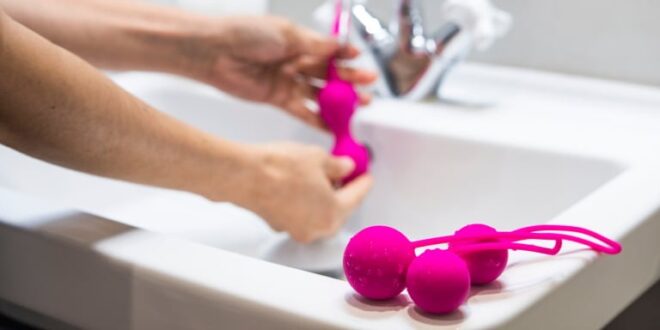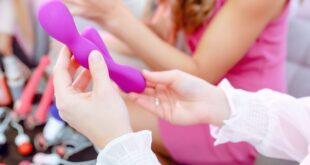Keeping bedroom toys in top condition isn’t just about hygiene—it’s about trust, confidence, and comfort.
These are personal items, often connected with intimacy and self-expression, and they deserve the same level of care as any health-related product.
Whether someone uses them solo or with a partner, knowing how to clean and store them properly helps prevent irritation, bacterial overgrowth, and long-term damage.
Unfortunately, the market is flooded with vague or misleading advice. This guide is here to provide clarity.
Key Points:
- Proper cleaning depends on the material: silicone, glass, metal, etc.
- Using the right cleaner matters more than scrubbing harder.
- Storage directly affects both hygiene and lifespan.
- Not all lubes are toy-friendly—check compatibility first.
- Inspect toys regularly for wear, cracks, or odor changes.
- Drying and storing properly is as essential as cleaning.
Start With the Material: Why It Matters
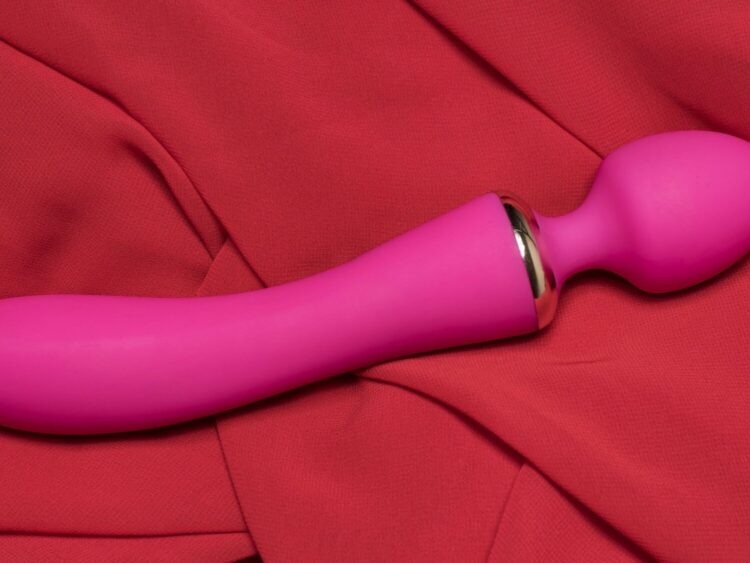
Different toys require different cleaning methods, and the material they’re made of determines what’s safe.
- Silicone: Non-porous and body-safe, silicone is widely preferred. It’s easy to clean but sensitive to certain types of lube.
- Glass and stainless steel: Also non-porous. These can be boiled (if they don’t contain electronics) or washed with soap and hot water.
- ABS plastic: Non-porous but a little less durable than silicone. Don’t boil it.
- Jelly rubber, PVC, or TPR: These materials are porous. Even if cleaned, bacteria can remain. It’s best to use a condom over them or replace them over time.
If unsure, always check what the toy manufacturer recommends—or buy from a site that clearly explains materials. And if you need help identifying toy types and their care needs more transparently, check https://shoperotic.com/.
They label materials and offer specific care advice, so buyers can make informed decisions before even clicking “add to cart.”
How to Clean After Every Use
This step is non-negotiable. It’s not about being obsessive; it’s about basic wellness. Residue from lubricants, bodily fluids, or even just air exposure can create a breeding ground for bacteria.
Here’s a basic post-use routine:
- Remove batteries or unplug the toy if it’s electric or rechargeable.
- Wash with warm water and mild, fragrance-free soap.
- Use a soft cloth or your hands—don’t use abrasive sponges or brushes.
- Rinse thoroughly.
- Pat dry with a clean towel or let air dry completely before storing.
For those who prefer specialized cleaners, look for toy-specific sprays that are alcohol-free and pH-balanced. But plain unscented soap often does the job just fine.
Note: Never submerge battery-powered or electronic toys unless they’re 100% waterproof. Read the fine print.
Deep Cleaning: When and How to Do It
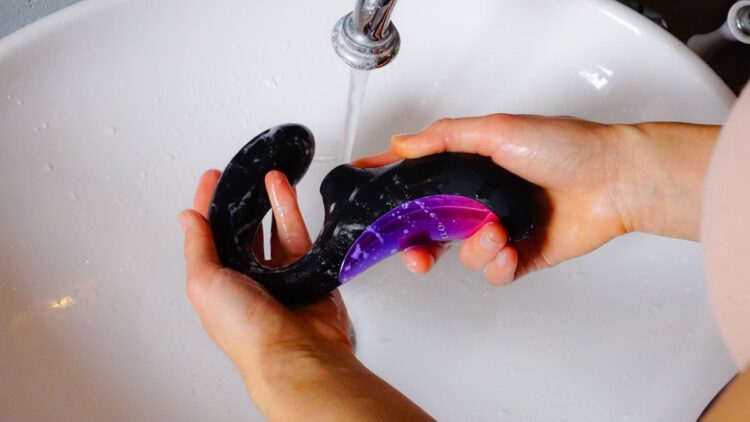
Even with regular washing, toys should occasionally be sanitized more thoroughly—especially after anal use or when switching partners.
- Boiling: Silicone, stainless steel, or borosilicate glass toys (without electronic parts) can be boiled for 3–5 minutes. Use tongs and place a cloth in the pot to avoid chipping glass.
- 10% bleach solution: One part bleach to nine parts water can sanitize non-electronic toys. Soak for a few minutes, then rinse thoroughly.
- UV sanitizers: Available online, UV sanitizers can be effective for smaller toys, but make sure the material isn’t sensitive to light or heat.
What About Lube? Compatibility Really Matters
Lubricants can drastically impact how long a toy lasts. Water-based lubes are safest with all materials and easiest to wash off. But silicone-based lubes, although longer-lasting, can degrade silicone toys by breaking down the surface over time.
- Silicone toy + silicone lube = not ideal.
- Glass or steel toy + any lube = usually fine.
- TPR or jelly toys might react poorly to oil-based lubes.
When in doubt, stick with water-based unless the toy’s label confirms compatibility. It’s not a marketing gimmick—mismatched lube can make a toy tacky, smell strange, or even break down its outer layer.
How to Store Toys for Hygiene and Longevity

Tossing a clean toy into a drawer with some socks isn’t doing it any favors.
Instead:
- Use individual pouches or clean fabric bags to prevent dust buildup or material interaction.
- Avoid plastic zip bags—they trap moisture.
- Keep away from direct sunlight and extreme temperatures.
- Don’t store multiple toys touching each other, especially those made of different materials—they can react and degrade.
Some higher-end brands include their own storage solutions, but if not, soft cotton pouches or silk bags do the trick beautifully.
Red Flags: When to Retire a Toy
Toys have lifespans, even the pricey ones. Here’s when it’s time to say goodbye:
- Cracks, peeling, or sticky textures that weren’t there before
- Changes in color, especially darkening or cloudiness
- Persistent odor even after washing
- Vibrators that have lost power or make odd noises
This isn’t about being wasteful—it’s about safety. A toy that’s deteriorating may be harboring bacteria or could cause microtears during use.
Traveling With Toys: Keeping It Discreet and Clean
Whether traveling solo or with a partner, toys often make the trip. TSA doesn’t ban adult toys, but it’s worth packing them smartly.
- Remove batteries to avoid accidental activation.
- Clean and dry thoroughly before packing.
- Use discreet travel cases with odor-proof lining if possible.
- Consider carrying them in a checked bag to avoid unnecessary attention—though many travelers simply embrace the moment if security opens their luggage.
For those who travel frequently, compact and waterproof toys are easier to manage. Rechargeable models also remove the hassle of loose batteries.
Emotional Value and Respect
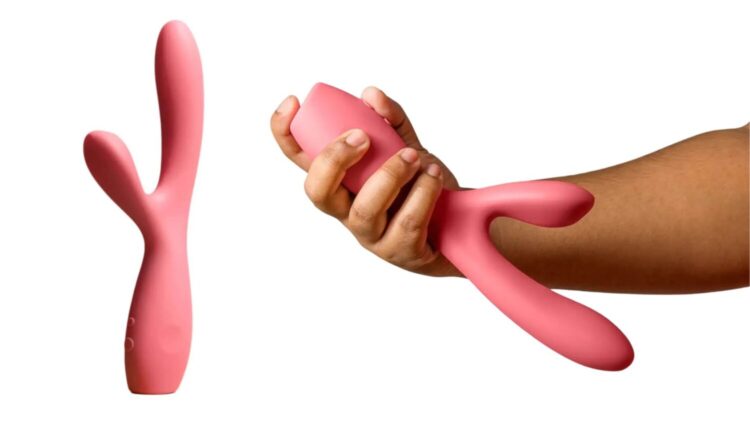
For many, toys are more than just objects—they’re tied to pleasure, exploration, and self-discovery. Cleanliness isn’t only a practical issue; it’s a gesture of respect toward the relationship one has with their own body or with a partner.
Taking the time to care for these items reflects that mindset. It’s not about shame or secrecy—it’s about awareness, hygiene, and treating personal health with the intention it deserves.
Table: Do’s and Don’ts:
| Do | Don’t |
| Wash after every use | Use strong detergents or bleach on porous toys |
| Store each toy separately | Leave toys wet or damp before storing |
| Use water-based lube when unsure | Assume all lubes work with all toys |
| Read product instructions | Skip drying time before storage |
| Replace damaged toys | Share toys without proper cleaning |
Conclusion
Caring for bedroom toys doesn’t require expensive gear or complicated routines. It starts with understanding what materials you’re working with, choosing the right cleaning method, and respecting how these intimate items function within your lifestyle.
A clean toy is a safe toy. But more importantly, it’s a step toward creating a space where pleasure and safety go hand in hand—where the tools used in the bedroom are treated with the same attention as any other health product. Because they are.
 Hi Boox Popular Magazine 2025
Hi Boox Popular Magazine 2025
